
| More Heads | The Body | From the Rear | Movement | Standards | Anatomy | Famous Sires | Photo Gallery | Links |
| Differences Around the World | Body Style Comparisions | Beautiful Heads | Eye Shape | The Skull Shape | Optical Illusions |
| How Structure affects Movement | Choosing a Puppy | Contact Me |
HOW STRUCTURE AFFECTS MOVEMENT
More Severe Problems
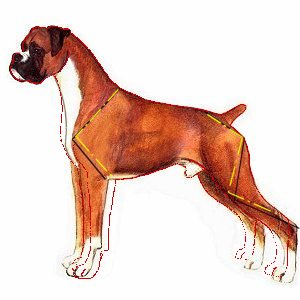
|
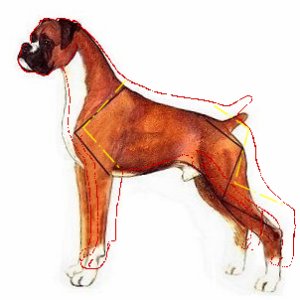
|
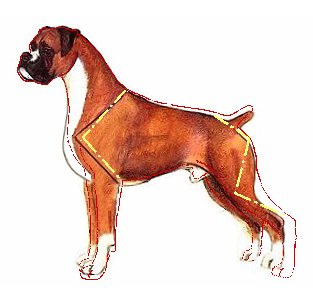
|
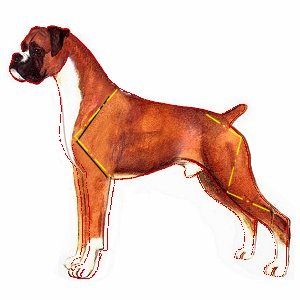
|
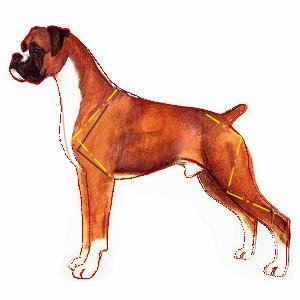
|
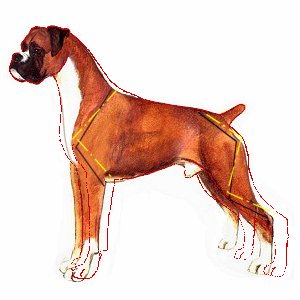
|
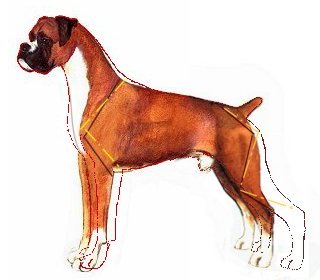 rear rear
|
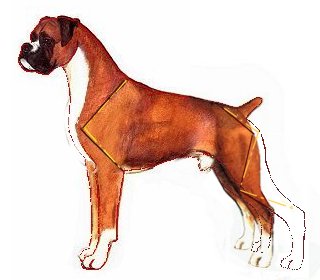
|

|
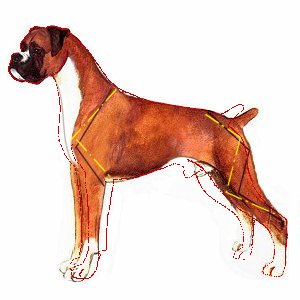
|
Go To Page: : 1 : 2 : 3 : 4 : 5 : 6 : 7 : 8 : 9 : 10 :
| Home | Judging Type | History & Purpose | Temperament | Colour | The Side View | From the Front | The Head |
| More Heads | The Body | From the Rear | Movement | Standards | Anatomy | Famous Sires | Photo Gallery | Links |
| Differences Around the World | Body Style Comparisions | Beautiful Heads | Eye Shape | The Skull Shape | Optical Illusions |
| How Structure affects Movement | Choosing a Puppy | Contact Me |
Copyright © Worldwide Boxer - All rights Reserved
Site design by Webpage World